Lab-Grown Diamonds Are the New Rocks in the Industry
Feb 24, 2018
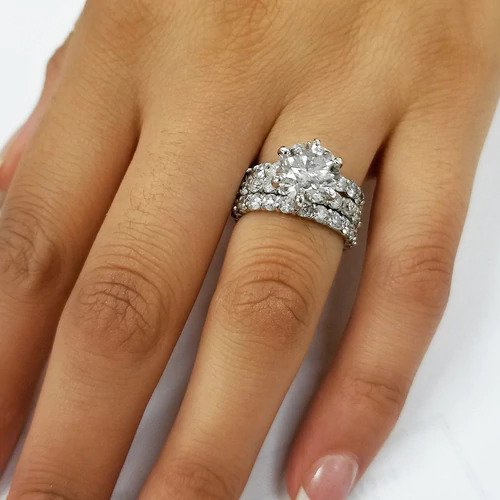
The Dawn of Lab-Grown Diamond Rings
Who wouldn’t want to surprise their loved one in the perfect setting with a stunning diamond ring? But beauty comes with a price that some just can’t afford. If you’re one of these romantics who has a slightly tighter budget, we at Pompeii3 have the ideal solution that will allow you to still seal your love with a shining stone.
Diamonds, these flashes of brilliance that Mother Nature forms in the Earth’s crust under intense heat and pressure, are prized for their crystalline beauty. But, she just got some serious competition because gem-quality rocks are being produced in laboratories! Yes, that's right. Scientists interested in making ethical and economical lab-grown diamond rings are taking Earth’s own recipe of heat+pressure that happens below the surface over a billion years and recreating it inside of a lab in just six to ten weeks. The result looks like a diamond, feels like a diamond, and is unequivocally a diamond.
What Are These Unique Stones?

Lab-grown or cultured diamonds, as the name suggests, are created in a laboratory rather than being mined from the Earth’s crust. Manufactured under highly controlled conditions and uncompromising supervision, these gems are in no way different from the ones that are mined. Over the last decade, we have been able to create technological processes that have helped perfect the art of creating rocks that are physically, optically, and chemically identical to the Earth-made ones. The piece that starts from a seed of a pre-existing diamond turns into a beautiful, sparkling lab-grown diamond rings using advanced technological processes and extreme heat and pressure conditions.
How Are Lab-Grown Diamonds Made?
The Smallest Cut: It all begins with a robotic laser that slices slivers from a chunk of real diamond to produce tiny wafers. They are five millimeters wide and a quarter millimeter thick. That is about the size of a human hair. The laser blackens the diamond, so it is then placed on a steel block for polishing. Scientists use epoxy and its required activator to create a chemical reaction and firmly secure the silver on the block. This block is then screwed to a threaded rod that is attached to a metal arm.
Preparing the Seed: The block and its diamond wafer are lowered onto a wheel that is swirling with diamond grit. Weights are applied to press the wafer into the grit. As the wheel spins, it creates the necessary friction to polish away the grime. A level confirms if the wafer is correctly positioned. The wafer goes from sooty to crystal clear and is now ready to grow!
Creating Pressure: A technician places several wafers on a special metal pedestal using a suction tool. He or she then arranges them in a uniform pattern, giving them ample room to expand as these lubbers of gem are destined for bigger things, such as necklaces, earrings, and lab-grown diamond rings. The tech lowers a metal chamber over them, and a pump injects hydrogen and methane gas, the same found under the surface of the Earth. The machine heats them to thousands of degrees at just the right pressure.
Laser Treatment: The gases form plasma, which rains onto the diamond wafers and causes them to grow. After only two weeks these have stones at least ten times the original size. It is quite a spectacular transformation. But these diamonds are in the rough and need a lot of work before they’ll really sparkle. Epoxy is dabbed on the tip of a pointed steel rod called a dot, and the cultured rock is placed at its center. Then it is sent to the laser booth where the dot is gripped by a robotic arm, which turns it so that a laser can trim the gem from all sides.
The process exposes the crystal clarity of the gem. The quality of the brand new stone is checked by a technician using a jeweler’s magnifying glass. The crystal is lowered into another polishing wheel similar to the one used for cleaning it when it was just a sliver. But this wheel actually contours the grown stone to give it a classic shape seen in lab-grown and mined diamond rings. This process brings out all its glittering facets.
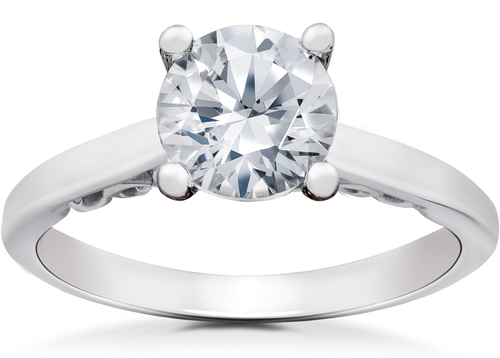
Why Choose Man-Made Diamonds?
Eco-Friendly & Ethical: The question is: why not choose them? They are produced in a safe environment with minimal environmental impact, unlike the natural versions whose mining does irreparable damage to our environment. Only very sophisticated testing can separate the cultured diamonds from the mined ones. But you will notice the difference in your bank account. Because they are grown in controlled environments, they do not need to be mined, and hence, save you that cost while leaving a much smaller carbon footprint to think about when you see that luminous lab-grown diamond ring on her finger.
High-Quality & Lower Price: These pieces offer excellent value, especially considering they are evaluated on the same basis as natural diamonds, including cut, clarity, color, and number of carats. In fact, they cost 30 to 40% less than a gem that is mined from the surface of the Earth. A mined one-carat rock, for example, costs about $5000, while a lab-grown stone costs about $3000. A fancy yellow colored diamond or a beautiful blue diamond costs up to $20,000 and $200,000, respectively.
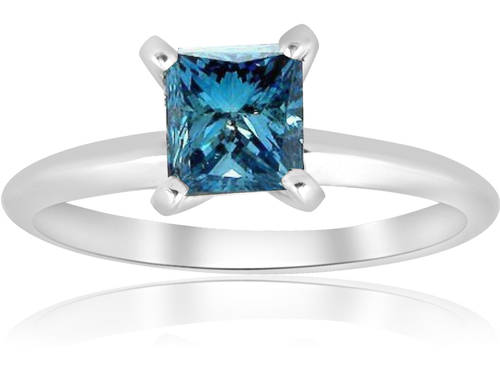
A yellow or blue piece grown in a laboratory costs about one-quarter and one-tenth of the price of a mined one. Their composition, properties, and visual beauty are all the same. This way you can gift your loved one rare lab-grown diamond rings within your budget. Over the years, as its popularity grows, its prices have stabilized, and now buyers can get much better deals.
Forever & Always: Available in round, princess, cushion, oval, marquise, pear, emerald, or heart-shaped stones, our lab-grown diamond jewelry pieces are always accompanied by a certificate that assures its origin. As we are dedicated to providing our customers the finest eco-friendly jewelry, we offer a lifetime warranty on our product, so that the symbol of your love remains bright and sparkly forever.
Remember, man-made diamonds are very much real diamonds. And, by purchasing this gemstone, you are not only making the one you love the happiest girl in the world without going bankrupt, you are also saving the planet too! It can't get better than that!
A Common Misconception
People often believe that lab-grown pieces are not real. Now that you see how lab-grown diamonds are made, we hope you know that is incorrect. Man-made diamonds have the same carbon structure as real ones. While moissanite, white sapphire, or cubic zirconia may look like a diamond, they are not true carbon crystals, and they can be distinguished by the naked eye. Lab-grown diamonds, on the other hand, have even dazzled the skeptics. This is why they are almost impossible to differentiate from natural gems and only very sophisticated testing can separate the cultured pieces from the natural ones.
Should You Propose With a Lab-Grown Diamond Ring?
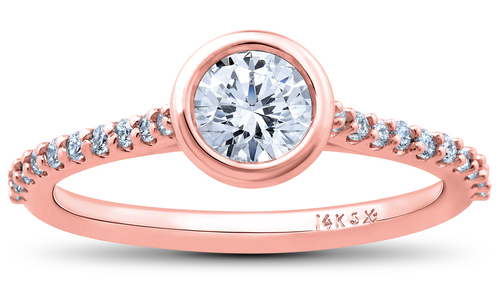
Why not? These are a perfect choice for people who want to win the heart of their loved one without a big blow to their bank account. They have lovely brilliance, and no one will ever know the difference unless it is thoroughly examined. Moreover, unlike naturally mined rocks, they do not have any human right issues and are sustainable.
Man-made diamonds are available in all shapes and designs, which means you can select any ring you like that suits the personality of your loved one the best. You can even buy these in yellow, pink, and blue, and you can get them at a relatively lesser price.
Most Importantly, they have the same sentimental value and romantic touch to them as the natural stones. Any woman would immediately fall head over heels in love with it the moment she sees it. What could be more perfect than a stable bank account and the happiness of your loved one? So, get her a lab-grown diamond ring with one, two, or even 20 stones set into your choice of precious metal, and see her light up brighter than any diamond.


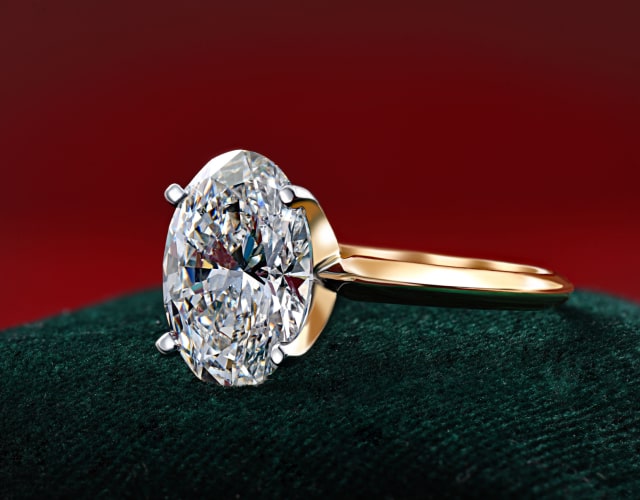 Engagement Rings
Engagement Rings
 Tungsten
Tungsten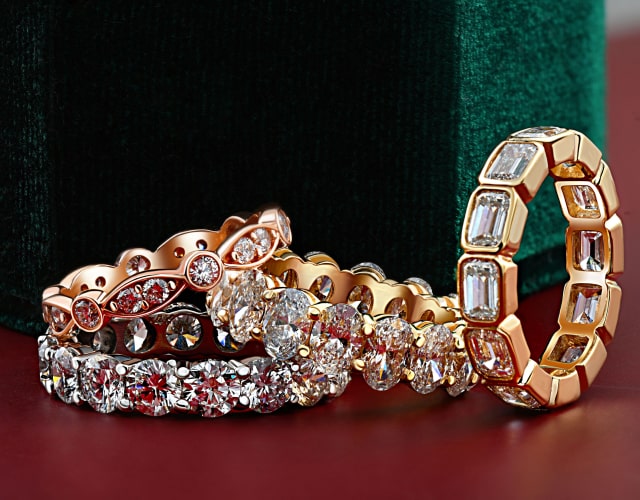 Wedding Rings
Wedding Rings
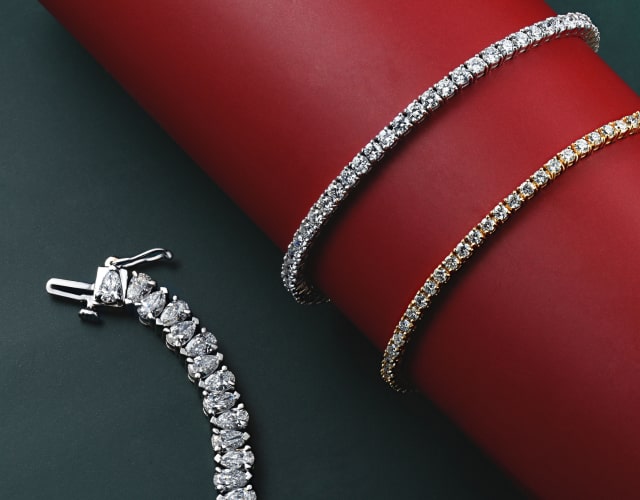 Fine Jewelry
Fine Jewelry
 Diamond Studs
Diamond Studs
 Up To 80% Off
Up To 80% Off
 Find The Perfect Gift
Find The Perfect Gift
 White Gold
White Gold